I try to ensure the accuracy of some (free) java cpu profiling tools, e.g. sjk, visualvm.
Here is a sample program to do cpu-sensitive task:
RandomStringUtils.java:
import java.util.Random;
public class RandomStringUtils {
public String generate() {
int leftLimit = 97; // letter 'a'
int rightLimit = 122; // letter 'z'
int targetStringLength = 10;
Random random = new Random();
StringBuilder buffer = new StringBuilder(targetStringLength);
for (int i = 0; i < targetStringLength; i++) {
int randomLimitedInt = leftLimit + (int)
(random.nextFloat() * (rightLimit - leftLimit + 1));
buffer.append((char) randomLimitedInt);
}
return buffer.toString();
}
}
MainClass.java:
import java.security.MessageDigest;
import java.security.NoSuchAlgorithmException;
public class MainClass {
public String crypt(String str) {
if (str == null || str.length() == 0) {
throw new IllegalArgumentException("String to encript cannot be null or zero length");
}
StringBuilder hexString = new StringBuilder();
try {
MessageDigest md = MessageDigest.getInstance("MD5");
md.update(str.getBytes());
byte[] hash = md.digest();
for (byte aHash : hash) {
if ((0xff & aHash) < 0x10) {
hexString.append("0" + Integer.toHexString((0xFF & aHash)));
} else {
hexString.append(Integer.toHexString(0xFF & aHash));
}
}
} catch (NoSuchAlgorithmException e) {
e.printStackTrace();
}
return hexString.toString();
}
public static void main(String[] args) {
long N = 1000 * 100;
if (args.length > 0) {
N = Long.parseLong(args[0], 10);
}
MainClass main = new MainClass();
RandomStringUtils randomStringUtils = new RandomStringUtils();
for (long i = 0; i < N; i++) {
main.crypt(randomStringUtils.generate());
}
}
}
For example, I use sjk to sample the cpu:
java -jar sjk-plus-0.11.jar stcap -p 3113 -f main -i 5ms -t 30s -o dump.std
java -jar sjk-plus-0.11.jar flame -f dump.std -o report.html
Here my question is, why the self time of main() is so large? And it only executes the loop. Doesn't the encrypt() and generate() occupy the whole cpu?
The visualvm shows the similar result.
Does sjk consider the self time and whole time? how to show them in command line report BTW?



